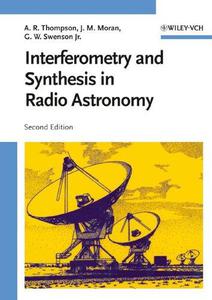 Interferometry and Synthesis in Radio Astronomy, Second Edition By A. Richard Thompson, James M. Moran, George W. Swenson(auth.)
Interferometry and Synthesis in Radio Astronomy, Second Edition By A. Richard Thompson, James M. Moran, George W. Swenson(auth.)2001 | 711 Pages | ISBN: 0471254924 | PDF | 23 MB
Comprehensive, authoritative coverage of interferometric techniques for radio astronomy In this Second Edition of Interferometry and Synthesis in Radio Astronomy, three leading figures in the development of large imaging arrays, including very-long-baseline interferometry (VLBI), describe and explain the technology that provides images of the universe with an angular resolution as fine as 1/20,000 of an arcsecond. This comprehensive volume begins with a historical review followed by detailed coverage of the theory of interferometry and synthesis imaging, analysis of interferometer response, geometrical relationships, polarimetry, antennas, and arrays. Discussion of the receiving system continues with analysis of the response to signals and noise, analog design requirements, and digital signal processing. The authors detail special requirements of VLBI including atomic frequency standards, broadband recording systems, and antennas in orbit. Further major topics include: * Calibration of data and synthesis of images * Image enhancement using nonlinear algorithms * Techniques for astrometry and geodesy * Propagation in the neutral atmosphere and ionized media * Radio interference * Related techniques: intensity interferometry, moon occultations, antenna holography, and optical interferometry Interferometry and Synthesis in Radio Astronomy, Second Edition is comprehensive in that it provides an excellent overview of most radio astronomical instrumentation and techniques.Content: Chapter 1 Introduction and Historical Review (pages 1-49): Chapter 2 Introductory Theory of Interferometry and Synthesis Imaging (pages 50-67): Chapter 3 Analysis of the Interferometer Response (pages 68-85): Chapter 4 Geometric Relationships and Polarimetry (pages 86-121): Chapter 5 Antennas and Arrays (pages 122-167): Chapter 6 Response of the Receiving System (pages 168-211): Chapter 7 Design of the Analog Receiving System (pages 212-253): Chapter 8 Digital Signal Processing (pages 254-303): Chapter 9 Very?Long?Baseline Interferometry (pages 304-382): Chapter 10 Calibration and Fourier Transformation of Visibility Data (pages 383-425): Chapter 11 Deconvolution, Adaptive Calibration, and Applications (pages 426-466): Chapter 12 Interferometer Techniques for Astrometry and Geodesy (pages 467-506): Chapter 13 Propagation Effects (pages 507-593): Chapter 14 Van Cittert?Zernike Theorem, Spatial Coherence, and Scattering (pages 594-612): Chapter 15 Radio Interference (pages 613-626): Chapter 16 Related Techniques (pages 627-654):



![S.T.A.L.K.E.R. 2 / STALKER 2: Heart of Chornobyl - Ultimate Edition (2024) [+UPDATE 23.12.2024 - v1.1.3] ElAmigos / Polska wersja językowa](https://i.postimg.cc/Zqd8RWGY/UZG8PBE.jpg)



































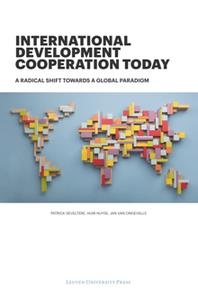

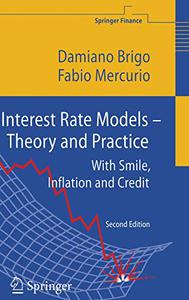
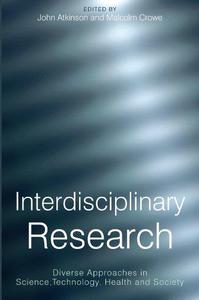



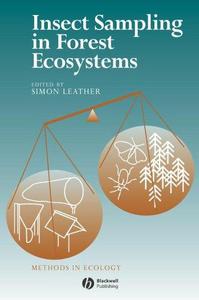
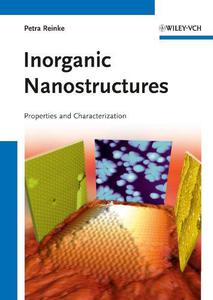







![David Gilmour - Luck and Strange (2024) [FLAC]](https://i.imgur.com/everaBc.jpeg)
![Męskie Granie Orkiestra - Męskie Granie 2024 (2024) [FLAC]](https://i.imgur.com/FAyOxrM.jpeg)
![The Rolling Stones - Hackney Diamonds (2023) [FLAC]](https://i.imgur.com/wCkyyUN.jpg)
![Lady Gaga - Harlequin (2024) [FLAC]](https://i.imgur.com/dcgIA8D.jpeg)
![Natalia Kukulska - Dobrostan (2024) [FLAC]](https://i.imgur.com/bdljG3O.jpeg)
![Kaśka Sochacka - Ta druga (2024) [FLAC]](https://i.imgur.com/hORQKvn.jpeg)
![Kuba Sienkiewicz - Pani Bóg (2024) [FLAC]](https://i.imgur.com/qijCx8Z.jpeg)
![Lanberry - Heca (2024) [FLAC]](https://i.imgur.com/8P7QfeR.jpeg)
![Sara James - PLAYHOUSE (2024) [FLAC]](https://i.imgur.com/m4f8OKg.jpeg)
![Grzegorz Hyży - EPILOG (2024) [FLAC]](https://i.imgur.com/8DA2sBr.jpeg)
![Myslovitz - WIECZORAMI CHŁOPCY WYCHODZĄ NA ULICE (2024) [FLAC]](https://i.imgur.com/l9mMtIG.jpeg)
![Krzysztof Zalewski - ZGŁOWY (2024) [FLAC]](https://i.imgur.com/vh48RAc.jpeg)
![Krzysztof Cugowski - Wiek to tylko liczba (2024) [FLAC]](https://i.imgur.com/SBzgqe2.jpeg)
![Nosowska - Kasia i Błażej (2024) [FLAC]](https://i.imgur.com/mObvVXQ.jpeg)
![sanah - Pianinkowe Kaprysy (2024) [FLAC]](https://i.imgur.com/pVjjPAa.jpeg)
![Kwiat Jabłoni - Pokaz slajdów (2023) [FLAC]](https://i.imgur.com/diERHfZ.jpg)
![Robert Cichy - Spacer po Warszawie (2024) [FLAC]](https://i.imgur.com/ixleU9o.jpeg)
![Viki Gabor - Terminal 3 (2024) [FLAC]](https://i.imgur.com/Q1KCnDs.jpeg)
![Sanah - Kaprysy (2024) [FLAC]](https://i.imgur.com/71OZm4h.jpeg)
![Męskie Granie Orkiestra - Męskie Granie 2023 (2023) [FLAC]](https://i.imgur.com/U4YHo8d.jpg)




